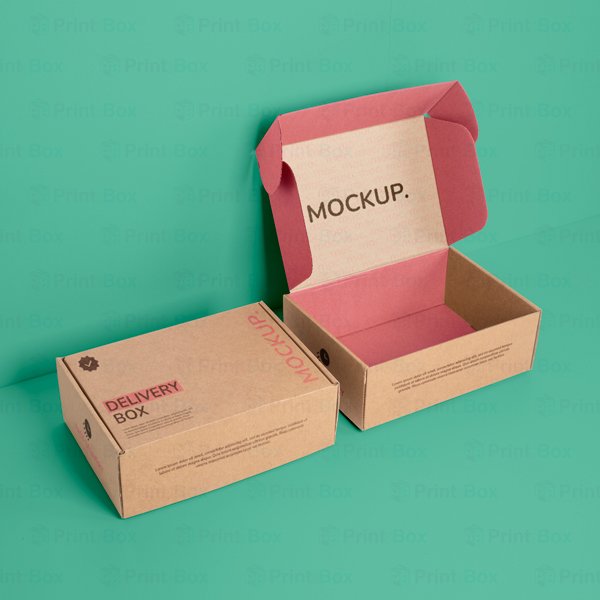The Essential Guide to Product Packaging: Creating Unforgettable First Impressions
Product packaging serves as a powerful tool for businesses to captivate consumers, communicate brand values, and differentiate themselves in a competitive market. In this comprehensive guide, we explore the key elements and strategies involved in creating exceptional product packaging that not only protects and preserves but also leaves a lasting impression on customers. Discover the secrets to crafting packaging that resonates with your target audience and elevates your brand to new heights.
1. Understanding Your Target Audience
Effective product packaging begins with a deep understanding of your target audience. Conduct market research and identify their preferences, demographics, and values. By knowing your customers inside and out, you can tailor your packaging design and messaging to resonate with their desires and needs.
2. Reflecting Your Brand Identity
Your product packaging serves as a tangible representation of your brand. It should reflect your brand identity, including your values, personality, and positioning in the market. Consistency across all brand touchpoints, from your logo and color scheme to your typography and imagery, ensures a cohesive and memorable brand experience.
3. Striking Visual Design
Visual design plays a pivotal role in grabbing consumers' attention and conveying your brand message. Utilize eye-catching graphics, compelling imagery, and innovative typography to create a visually appealing package. Consider the use of colors that evoke emotions aligned with your brand and product, ensuring that your packaging stands out on the shelves.
4. Functional and Practical Considerations
While aesthetics are crucial, practicality and functionality should not be overlooked. Ensure that your packaging is designed with the product's protection, convenience, and ease of use in mind. Consider factors such as packaging materials, structural integrity, labeling, and opening/closing mechanisms to create a seamless and user-friendly experience for your customers.
5. Telling a Compelling Brand Story
Product packaging presents an opportunity to tell your brand's story and create an emotional connection with consumers. Craft a compelling narrative that highlights your brand's journey, values, and the unique selling points of your product. Incorporate storytelling elements through text, visuals, and even interactive elements to engage and captivate your audience.
6. Sustainable Packaging Solutions
In today's eco-conscious landscape, integrating sustainable packaging solutions is paramount. Consider environmentally friendly materials, such as recycled or biodegradable options, to reduce your environmental footprint. Communicate your commitment to sustainability on the packaging, appealing to consumers who prioritize eco-friendly choices.
7. Differentiation and Uniqueness
To stand out from the competition, your product packaging must be distinctive and memorable. Analyze the market and identify opportunities for differentiation. Whether it's through unique shapes, innovative packaging structures, or creative embellishments, strive to create a package that captures attention and leaves a lasting impression.
8. Consistency Across Product Lines
If you offer multiple products, maintaining consistency in your packaging design is essential for brand recognition and cohesiveness. Develop a visual identity system that allows for variations while still maintaining a recognizable and unified brand presence across your product line.
9. Compliance and Safety
Ensure that your product packaging adheres to industry regulations and safety standards. Compliance with packaging guidelines not only protects consumers but also upholds your brand's reputation for quality and reliability. Stay informed about packaging requirements and make any necessary adjustments to remain compliant.
10. Consumer Engagement and Delight
Go beyond the basic function of packaging and strive to engage and delight your customers. Consider incorporating interactive elements, such as QR codes, augmented reality, or unique unboxing experiences, to create moments of surprise and delight. Encourage customers to share their experiences on social media, amplifying your brand reach and fostering a sense of community.
Conclusion
Product packaging is more than just a means of protecting and presenting your products. It is a powerful tool for brand communication, customer engagement, and market differentiation. By understanding your audience, reflecting your brand identity, and incorporating visually striking design elements, you can create packaging that leaves a lasting impression. Embrace sustainability, tell your brand story, and prioritize functionality to elevate your packaging to new heights. Let your packaging be the catalyst that sparks unforgettable experiences and establishes your brand as a leader in the market.

tawakkal viscose collection 2024
ReplyDeletepackaging bags custom
ReplyDeleteWe provide a variety of Cannulas for sale at Fyaestheticboutique to meet your individual beauty objectives. Our cutting-edge fillers provide the desired effects, whether you're trying to add subtle volume or smooth out deep creases.
ReplyDeleteEveryone loves best bbq rub for pulled pork right? Bacon, ribs, chops. Of course we do. We’re Canadian! And you don’t get much more Canadian than hog-meat marinated in maple sugar, combined with demerara sugar and a kickass blend of spices. Pro tip; if you want to fly your freak flag high, try pan-frying it on high heat to caramelize the sugar. Go hog-wild, your friends will thank you! Ingredients: 100% Pure Canadian Maple Sugar, Garlic, Demerara Sugar, Kosher Salt, Onion, Smoked Paprika, Cinnamon, Spices.
ReplyDelete